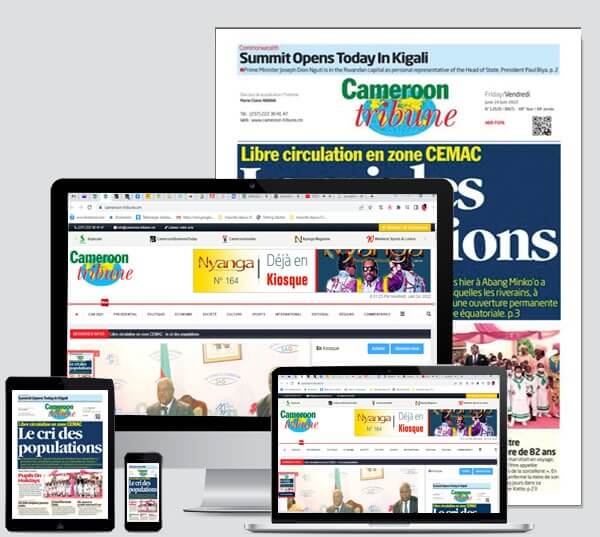Here and there, the cry for basic amenities like water, power (electricity) and roads still resonates in Cameroon. It is evident in Yaounde, Douala, Buea and other major towns and cities in Cameroon like in other African countries.
Budget notwithstanding, it seems the various instances charged with execution of projects have shot below the target to provide such basic facilities. Yet, year in, year out the State budget soars and never shrinks. What do budget managers do with State resources that basic facilities cannot be made a priority? Is the problem upstream or downstream? Otherwise, is it that budget proposals do not include such basic facilities or that execution is the headache?
The State Budget, be it the type of balanced, deficit or surplus must aim at the survival of citizens, their wellbeing and their development. Some experts define the budget as a “financial calculation plan within a period in income and expenditure to function and satisfy needs”. As such, resources become the income and execution becomes the expenditure. The State taps its budget from taxing citizens and commanding the exploitation of natural resources. With this income, the State has been known to provide security, services and amenities. The question here is that of priorities. What do people put their fingers on as priority to make life comfortable and sustainable?
Observing many council sessions where budgets are discussed in various headings, water, power and roads are usually on the agenda. But during debates, some people’s representatives seem to pay more attention to allowances than to hammer on their local needs. Since councillors are picked from across the various neighbourhoods of the town or city, these officials are supposed to be the development mouthpiece for their areas of residence. Do they voice aloud when the water taps in their localities are not flowing, if the roads leading to their quarters are motorable, and how the poles carrying power to their quarters are fallen?
It stands out clear that, in some areas, the Public Investment Budget suffers under-execution despite the existence of growing needs to make living conditions better for citizens. A glance at the roads easing the villages and towns show neglect. They are bumpy, narrow and stony. They are near impassable. Yet, millions of people residing in towns are expecting food crops from the farms in the villages to reach town markets in quantity and quality. How can that precious produce be transported from the rural world to the hungry cities without good roads?
Talking roads, statistics from the Regional Delegation of Public Works put the South West road network at 3,063,17 kilometres long. That is the official expression of Regional road communication need for a land surface area of 25,410 square kilometres for an estimated population of over three million. Of this length, only 16.04 per cent of the roads are in the state of bitumen or tar. Let alone the nature of hard top roads, which in essence degrades with time.
For a clear distinction of roads in the country, officials have classified the infrastructure as National, Regional or Communal roads. As documented, National Roads passing through the South West Region are 53.2 per cent bad. Regional Roads in the same Region are 86.9 per cent bad. And Communal roads top the chart of poor state with 98.36 per cent bad. What the experts of Public Works classify and define as bad roads are ways presenting great deformation which render circulation difficult and necessitate complete rehabilitation or reconstruction. Directly above bad roads are what the officials of public works call average roads presenting obstruction to traffic (potholes, vegetation invading the edges of the carriageway) necessitating periodic maintenance or reinforcement by section. On top of the positive classification are good roads exempted from disorders, not presenting potholes and necessitating current maintenance. That picture of the South West roads speaks volumes and exemplifies the rest of the road communication network for the country.
In the area of water supply, a chunk of the population is still thirsty, very thirsty. The main supply system has not succeeded to cover significant territorial breadths. In many areas, community water supply systems are taking a relay though with relative successes. That is why in towns or cities like Buea rationing remains the order of the day. Pictures of long queues waiting to fetch water are usually beamed on TV programmes, newspapers a...
Cet article complet est réservé aux abonnés
Déjà abonné ? Identifiez-vous >
Accédez en illimité à Cameroon Tribune Digital à partir de 26250 FCFA
Je M'abonne1 minute suffit pour vous abonner à Cameroon Tribune Digital !
- Votre numéro spécial cameroon-tribune en version numérique
- Des encarts
- Des appels d'offres exclusives
- D'avant-première (accès 24h avant la publication)
- Des éditions consultables sur tous supports (smartphone, tablettes, PC)











Commentaires